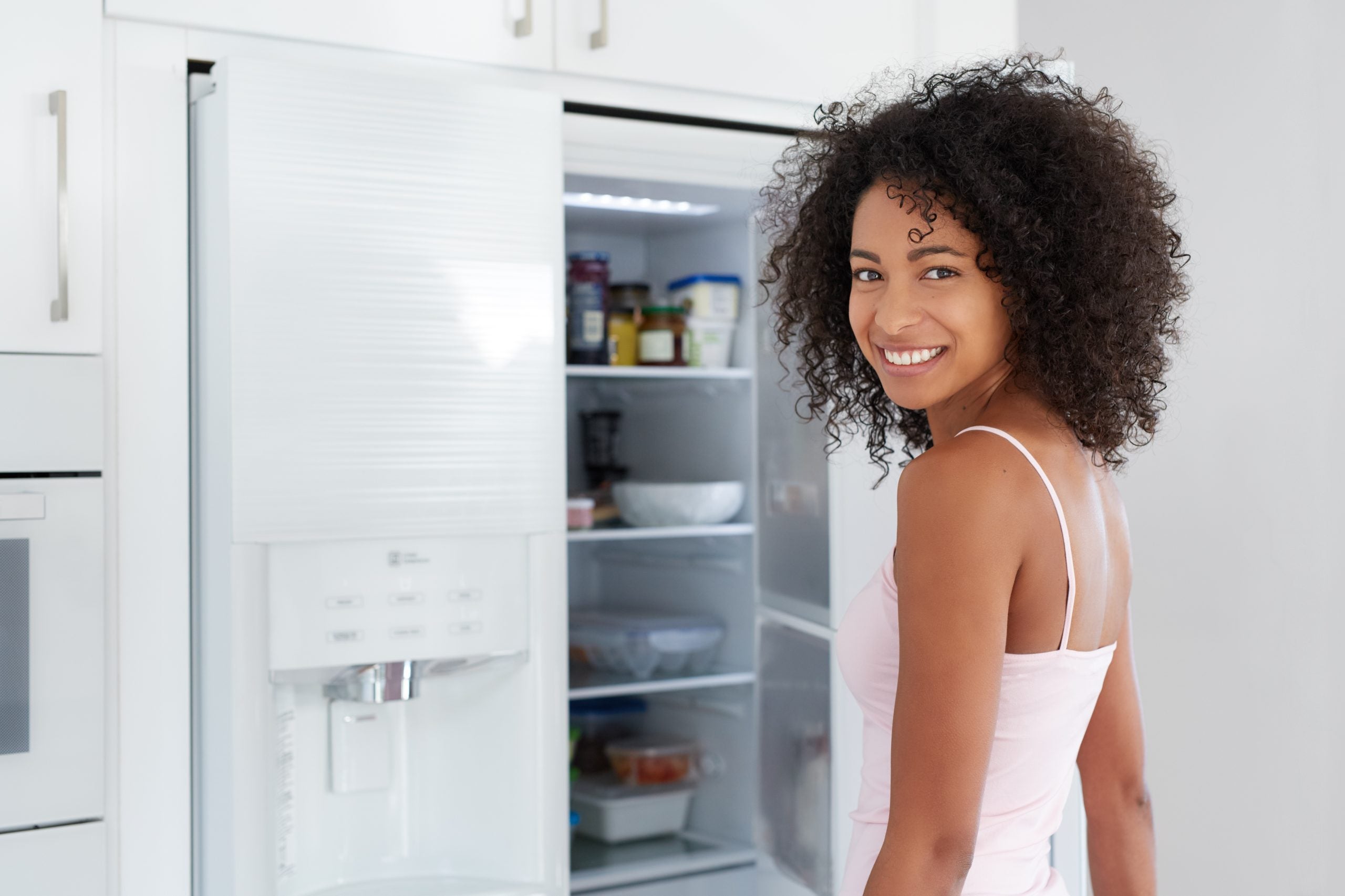
If there is one thing my West Indian grandmothers had a knack for, it was making food last and ensuring my parents never felt deprived. It’s a skill that I’ve always valued — it came in handy while growing up in Florida during hurricane season where the blustering winds would knock out power on a regular basis, making our fridge unreliable
Both of my grandmothers were born on the warm isle of Trinidad in the early 1900s. In their lifetimes, they witnessed world wars and came of age during the Great Depression. My maternal grandmother had seven children, while my paternal grandmother had nine. If feeding that many mouths in a developing country seemed like a daunting task, it absolutely was—particularly during a time of economic uncertainty. More than ever, it’s a skill that resonates in today’s current climate.
Their particular efficiencies when it came to food storage were talents passed on to both of my parents, who then passed the information to me. It came in handy while growing up in Florida during hurricane season, where the blustering winds would knock out power on a regular basis. It was a lifesaver in college when a mini fridge and reliance on eating out was the norm and day-old pizza seemed my only option. But never have I been so grateful to them as I am now in this global pandemic, where it has been both a money-saver and huge help as I practice social distancing. My modest one bedroom New York City apartment comes with a fridge with small spacing—allowing a max of two weeks worth of fresh and frozen goods. Here’s how I’ve put their tips to use and how they can hopefully help you as well.
Separate your fruits and vegetables.
Your fridge has separate compartments for a reason. You don’t want to place your vegetables and fruits together. When your fruits ripen, they produce a natural gas called ethylene. It happens with fruits like mangos, bananas, apples, plums, and when you place them next to your carrots or spinach, it can cause them to ripen more quickly. While the gas is harmless and odorless, it does make your fresh produce go off quickly.
Not everything needs to go in the refrigerator.
We are naturally inclined to place our items in the fridge, but not everything needs it! For example, garlic and onions can be stored in a cool dark place and will last at least a month. I’ve been storing both of these underneath my kitchen island and trust me—they last!
Stone fruits or tree fruits like peaches, plums, and cherries do not need refrigeration. You can leave them out for up to a week and eat them at your leisure. In fact, if you buy any of these fruits and they are not ripe, placing them in the fridge will cause them to stay unripe.
It may come as a surprise, but in an air-conditioned environment, you can also leave butter outside of the fridge. If you are going to use a stick of butter in a week, place it in a butter dish. Real butter has a high fat and low water content, making it difficult for bacteria to grow. The USDA confirms: “Butter and margarine are safe at room temperature.” Nevertheless, you will want to use the left-out butter within a week as there is a possibility for it to turn.
The USDA adds, “If butter is left out at room temperature for several days, the flavor can turn rancid so it’s best to leave out whatever you can use within a day or two.” My grandmother would have left butter out for a week with no problem, but if you’re not quite as brave, keep this in mind: You can tell when butter has gone bad if there is discoloration—it should always have a nice even, yellow color.
Relish in Root Vegetables
Sweet potatoes are great for more than just a nutritious part of your weekly meal prep. Many root vegetables like potatoes, beets, yams and ginger, have a long shelf life. Similar to garlic and onions, these items are not mandatory to place in your fridge.
Ripen Your Avocados And Bananas Yourself
If you love homemade guacamole, it may behoove you to buy some of the avocados hard, which will add to the shelf-life of this luscious green fruit. If you need to speed up the ripening process, place it in a brown paper bag and in a dark place.
You can use the same approach for bananas—buy them green or slightly green and let them ripen in your fruit bowl. Place them near other fruit if you want them to ripen quickly.
Freeze Your Cooked Food
That pot of chili you made? You don’t have to force yourself to eat it for an entire week. Freeze your leftovers! Use a ziplock freezer bags to help portion out your food (I like to freeze 2 servings at a time) or a large Pyrex dish if you are freezing several servings for the family. This will come in handy for days you don’t feel like cooking—pull it out midday and voila! Dinner is no longer a challenge.
Let Your Tropical Fruits Serve As Kitchen Accessories
A good rule of thumb is this: most tropical fruits don’t need to be refrigerated. These fruits are actually better at room temperature. So go ahead and grab your pineapples and papayas and decorate a fruit bowl on your kitchen counter that’s both Instagrammable and nutritious.





